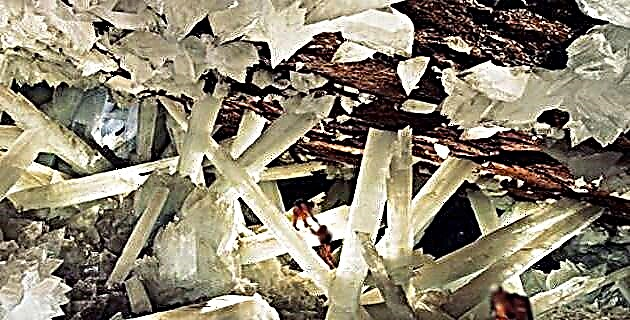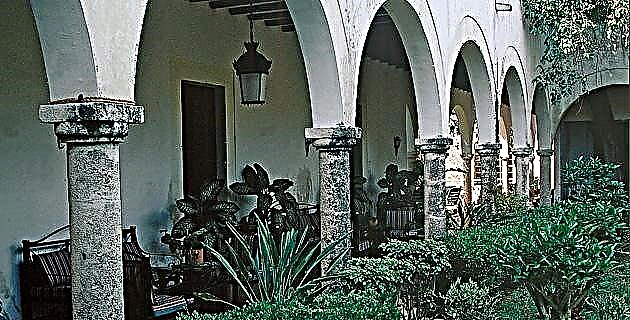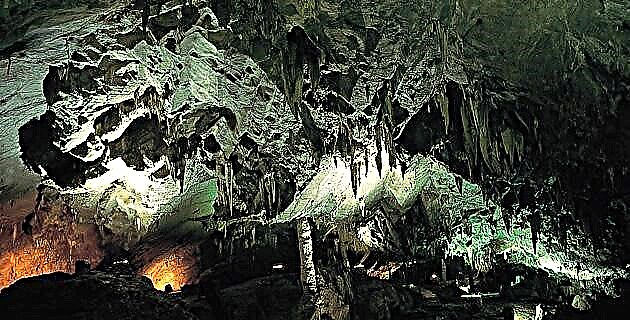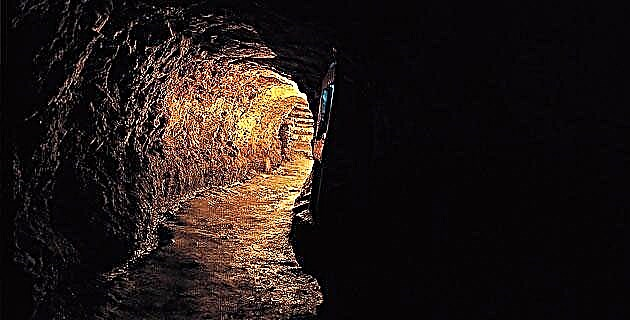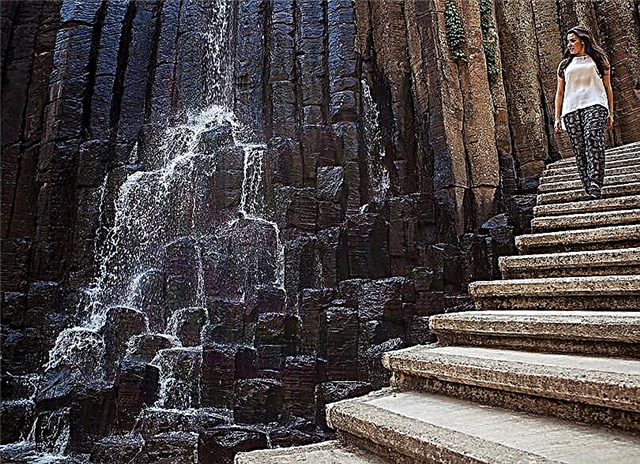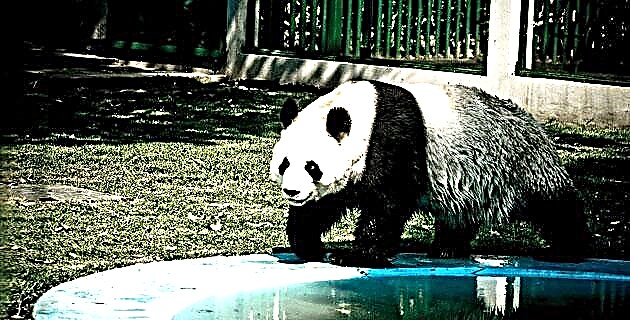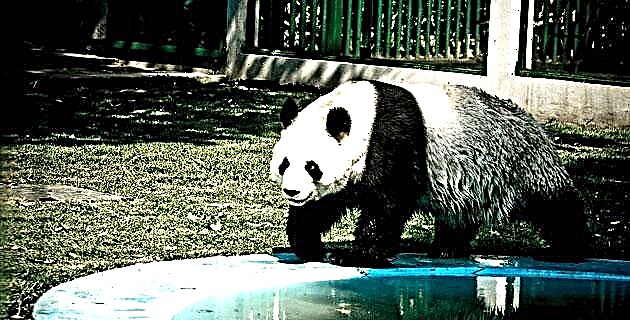
One of the attractions of Mexico City continues to be the Chapultepec Zoo. Ideal to spend a day with the family.
Man and animals have always had to deal with each other in some way and at the dawn of mankind, encountering a mammoth must have been more than serious. However, the human being has survived thanks to his intelligence, and such superiority has allowed him to defeat the most dangerous species and domesticate many others for his own benefit. Today this process is endangering its very existence as it has broken the natural balance.
Historically, each society has had its needs and even its preferences regarding the fauna that shared its own environment. Proof of this is that in the time of Alexander the Great spaces were created to conserve certain species of animals, and that was when the concept of the zoo as it is known today was born. However, before that time, there were sophisticated cultures such as the Chinese and the Egyptian that built "Gardens of acclimatization" or "Gardens of intelligence" where animals lived in suitable spaces. Both institutions, if they were not (in terms of concepts) the first zoos, did show the importance that these peoples gave to nature in those times.
Pre-Hispanic Mexico was not far behind in this field and the private zoo of Moctezuma had so many species and its gardens were arranged with such exquisite art that the dazzled conquerors could not believe what their eyes saw. Hernán Cortés described them in the following way: “(Moctezuma) had a house… where he had a very beautiful garden with hundreds of viewpoints that came out on it, and the marbles and slabs of them were very well worked jasper. There were rooms in this house for two very great princes with all their services. In this house he had ten pools of water, where he had all the lineages of water birds that are found in these parts, which are many and diverse, all domestic; and for those of the river, salt water lagoons, which were emptied from certain to certain time due to cleaning […] each type of bird was given that maintenance that was proper to its nature and with which they were maintained in the field [ …] Over each pool and ponds of these birds there were very gently carved corridors and viewpoints, where the worthy Moctezuma came to recreate and see… "
Bernal Díaz in his "True History of the Conquest" expressed: "Let us now say the infernal things, when the tigers and lions roared and the adives and foxes and serpents howled, it was awful to hear it and it seemed hell."
With time and the conquest, the dream gardens disappeared, and it was not until 1923 when the biologist Alfonso Luis Herrera founded the Chapultepec Zoo with the financing of the Secretariat of Agriculture and Development, of the Society for Biological Studies, now disappeared, and with the support of citizens interested in the care of animal species.
However, the lack of subsequent resources and carelessness caused such a beautiful project to be lost to the detriment of the species and its focus on the education and fun of children. But this great green brushstroke full of history in the center of the city could not be lost, and was claimed by the popular clamor. For this reason, the Department of the Federal District gave instructions for the rescue of this, the most important zoo in the country.
The works began and the purpose of them was to group the animals by climatic zones and create natural habitats that would replace the old and cramped cages, as well as bars and fences. Also, the aviary was built inspired by the Moctezuma bird house.
More than 2,500 people participated in the implementation of this project under the direction of Luis Ignacio Sánchez, Francisco de Pablo, Rafael Files, Marielena Hoyo, Ricardo Legorreta, Roger Sherman, Laura Yáñez and many more, who with great enthusiasm gave themselves to the task of completing the zoo remodel in record time.
The first thing that the visitor must see when entering the zoo is the small train station that circulated through Chapultepec and that today is a museum where you can learn about the history of the famous park.
Leaving the museum, you can see a plan where the four exhibition areas are marked, shaped according to climates and habitat. These are: tropical forest, temperate forest, savanna, desert, and grassland. In each of these areas you can see the most representative animals.
A road, where you can also find some cafeterias, links these four areas where animals are isolated only by natural systems such as trenches, waters and slopes. If, due to the size of the animals, it is necessary to observe them closely, the separation is made based on crystals, nets or cables that go unnoticed.
Because it is located in the center of the city and has limited land, the reconstruction of the zoo required a special treatment that respected the architectural climate of which it is surrounded, but at the same time made the viewer feel within the different environments that presents, in such a way that he could forget his surroundings and observe the animals at ease.
On the way, it is possible to see a couple of coyotes moving away from the crowd, the restless lynxes suddenly stretch like cats do to continue their rapid movements, and a lemur, a small animal with a very long tail, grayish fur and a fine snout. , who dares his big, round and yellow eyes on the public.
In the herpetarium you can enjoy the coetzalín, symbol in ancient Mexico of the creative force. The ancient inhabitants of our country said that those born under this sign would be good workers, would have great wealth and would be strong and healthy. This animal also represented the sexual instinct.
Continuing along the same path until you find a deviation that leads to the aviary, which includes the exhibition of many species that were in the Moctezuma aviary and others from different areas.
It would be impossible to list all the zoo animals in this report, but some such as the jaguar, tapir and giraffes capture the public's attention. However, the aquarium is the place where visitors linger the longest, as if an unknown magnetism retained them in the mystery of the aquatic world. Built on two levels, the lower one is the most interesting, as it seems a thing of enchantment to see the sea lions go by like swift arrows and the polar bear swim.
On the other hand, the effort made by biologists, engineers, architects, managers and workers in general, to capture and reproduce the essence of landscapes is to be praised, since making an exact copy of nature is not possible.
Among the objectives proposed by the Chapultepec Zoo is to save many species from extinction, by fulfilling a task of raising awareness among citizens about the importance that animals have in the balance of the ecosystems of our planet.
An example of this is the case of the black rhinoceros, which has rapidly declined in distribution and population. This animal has existed for approximately 60 million years, it is solitary and only seeks company during the breeding season; It is in danger of extinction due to the loss and destruction of its habitat, and because of the illegal and indiscriminate trade that is done with its coveted horns, which are believed to be aphrodisiacs.
But, since nothing is perfect, the public present gave opinions to Unknown Mexico about the new Chapultepec Zoo as follows:
Tomás Díaz from Mexico City said that the difference between the old zoo and the new one is enormous, since in the old park seeing the animals caged in small cells was depressing, and now observing them free and in large spaces is a real achievement . Elba Rabadana, also from Mexico City, made a different comment: “I came with my little children and a sister with the purpose, she said, of seeing all the animals announced by the zoo administration, but some cages are empty and in others the animals are not seen by the exuberant vegetation ”. However, Mrs. Elsa Rabadana acknowledged that the current zoo far exceeded the previous one.
Erika Johnson, from Arizona, United States, expressed that the habitats created for animals were perfect for their well-being and development, but that the design so that humans could see them in their natural environments, without disturbing their privacy, in many cases it was not achieved, and for this reason the zoo could not be enjoyed in all its fullness.
The reporters of Unknown Mexico, we welcome the praise and constructive criticism about the new Chapultepec Zoo, but we express that it must be taken into account, first of all, that this zoo is urban and therefore limited in several aspects. Likewise, we say that it was done in record time and with the greatest effort, but the most important thing is that this zoo is still perfectible.
And as a last message, the Chapultepec Zoo is one more proof that although man can influence nature, he must do so with respect and all the care to avoid damaging it, because it is a harmonious whole where each part plays its irreplaceable role. . Let's not forget that flora and fauna are important parts of nature and if we want to preserve ourselves as a human race we must take care of our environment.
If you want more information about the zoo, check its official page.

